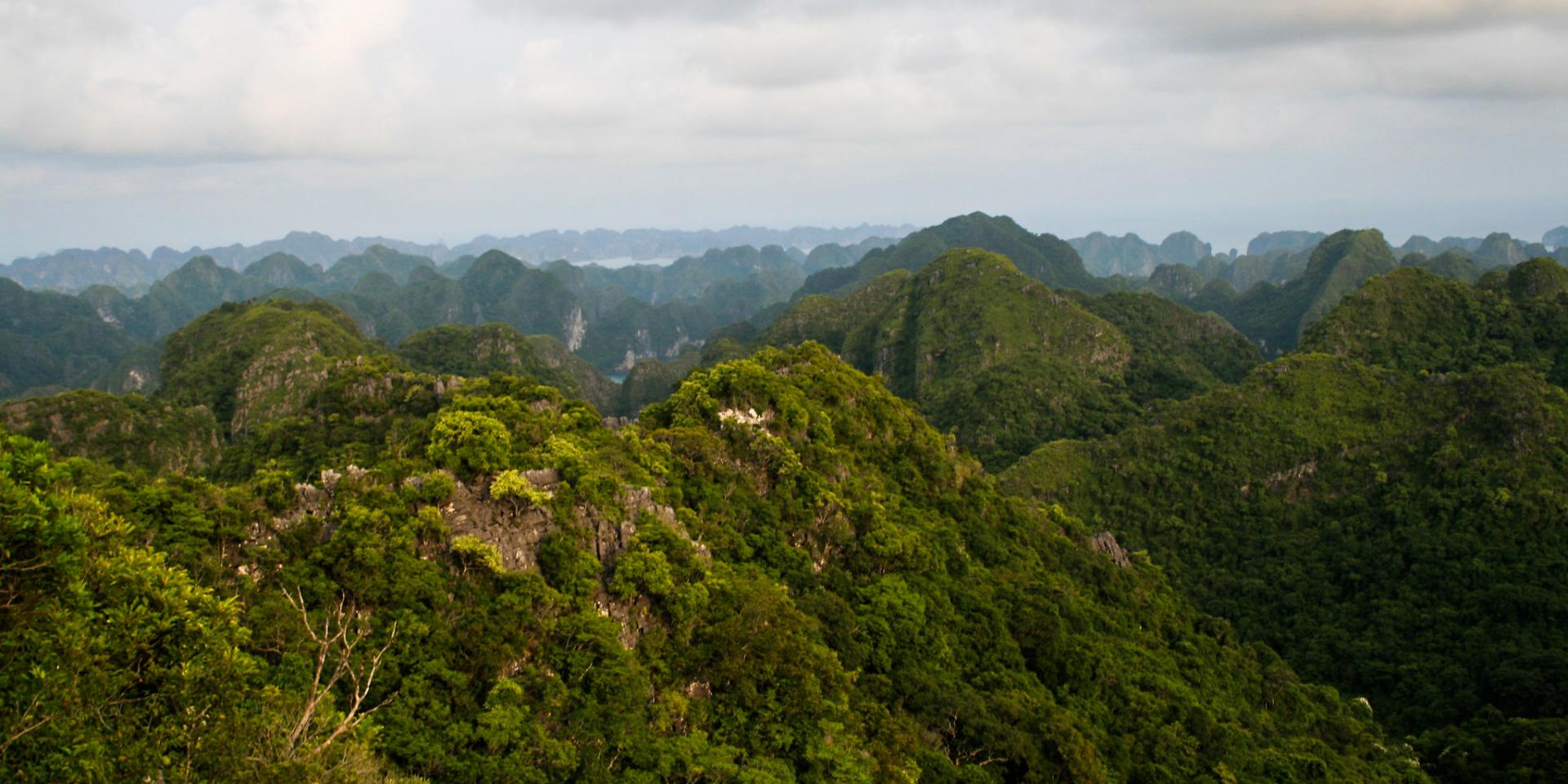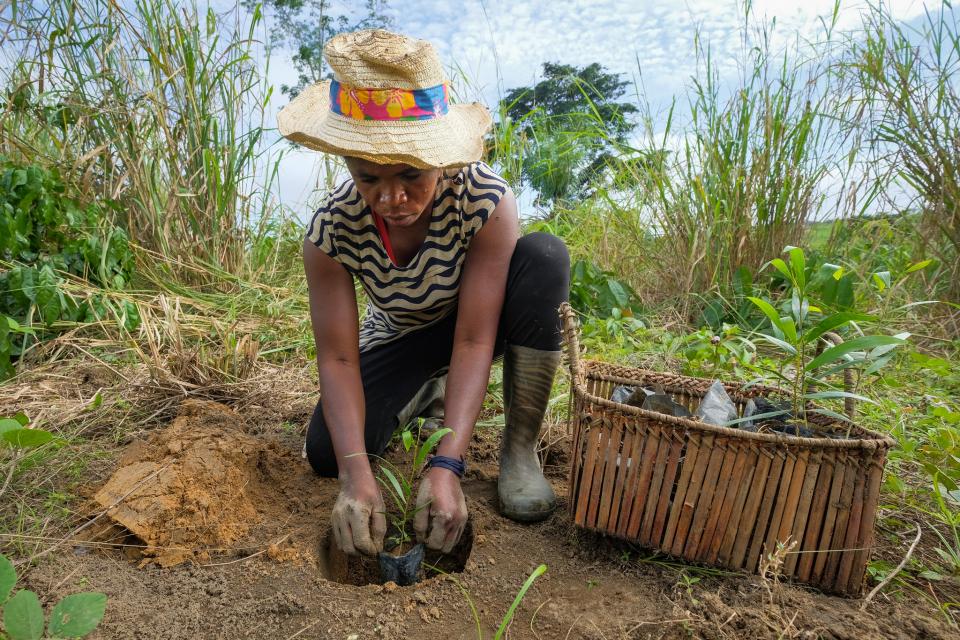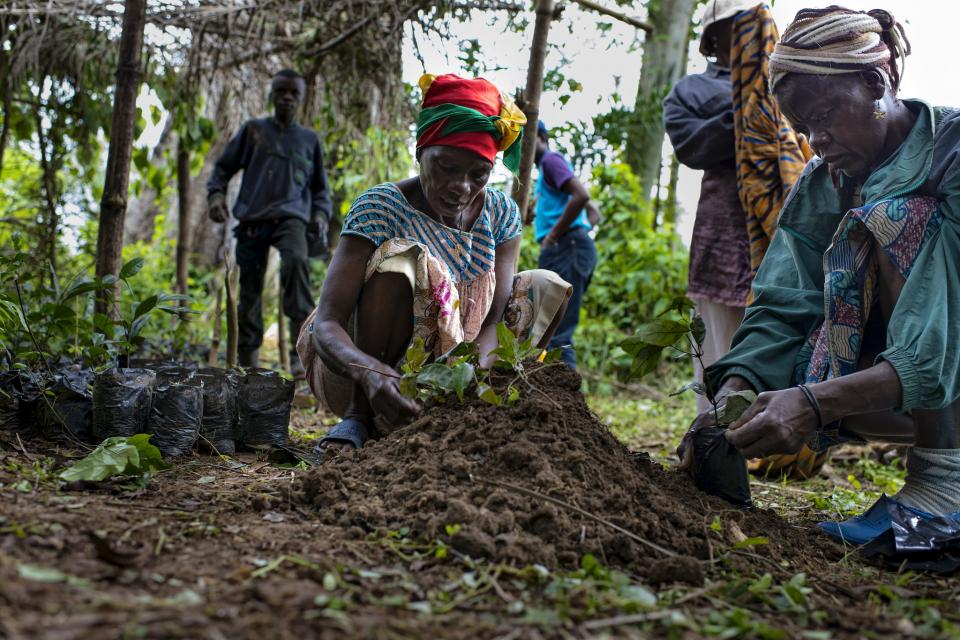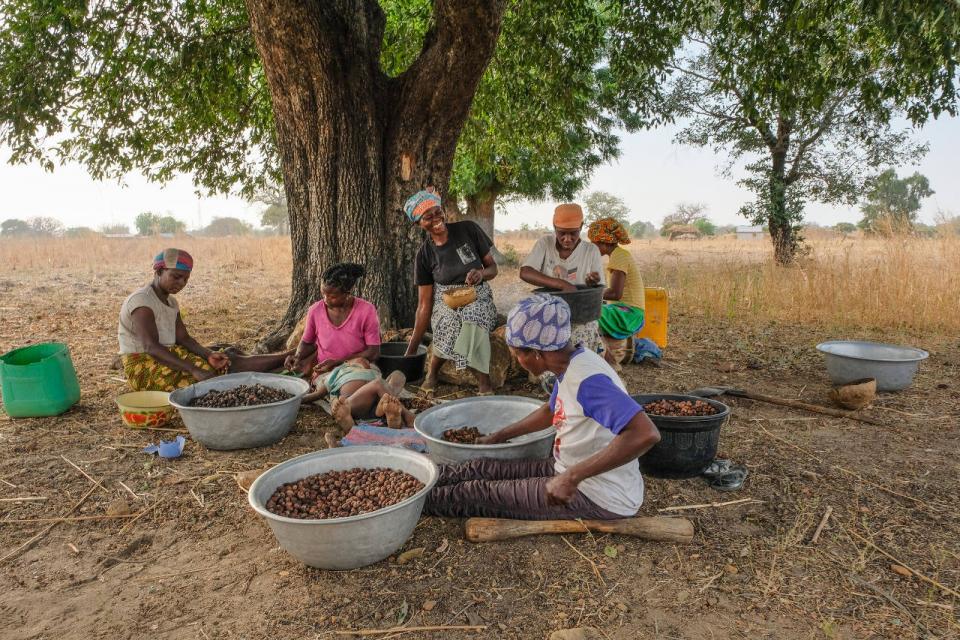Shoring up Burkina Faso’s shea trade requires intensive landscape restoration efforts
 Photo: Terry Sunderland/CIFOR
Photo: Terry Sunderland/CIFOR
For generations, women in West Africa have produced shea butter for home consumption and to sell for use in cosmetics and cuisine domestically and abroad. But now their way of life is undergoing a transformation as the ancient trees that produce the nut from which the oil is extracted disappear, jeopardizing their earning power.
The ripple effect is far reaching, with consequences not only for the health of the parklands in which they grow, but with implications for local ecosystem services, global warming, regional and international trade and commodities markets.
“Changes in women’s rights of access to and use of shea trees have resulted in theft becoming one of the main strategies used by women to collect shea kernels as the relevance of customary norms, practices and institutions has declined,” said Andrew Wardell, a principal scientist at the Center for International Forestry Research and World Agroforestry (CIFOR-ICRAF).
“Growth of global trade in shea butter and kernels has been accompanied by significant land cover and land use changes, which has led to progressive loss of trees, biodiversity and other ecosystem services such as pollination and carbon sequestration,” he added. “If the shea industry does not act now to restore the parklands, supply may not be able to meet demand by 2034.”


